WIP-lash
By Martin Holland
Fifteen thousand dollars every two weeks. That's what drained out of David's bank account for payroll each week, and it had him questioning everything. Should he lay someone off? Was his cabinet business going broke? Could he ever move to the bigger shop he had his eye on? How could he ever know? He did what people told him to do — he opened his books looking for answers.
What he found was worse than bad news. It was incorrect, misleading news.
His profit and loss statement showed that he'd only made $30,000 year-to-date. That didn’t seem right. He had over had $400,000 in the bank and had rolled over $200,000 of jobs from the previous year that should add to his profit. If the $30,000 net profit was true, it was bad news. The numbers didn't add up, and worse, they weren't helping him make the decision he needed to make.
"It’s apparent," David told me during our coaching session, "that my books are not right. I don’t know why they’re off, and I don’t know by how much, and I don’t know which way - too high or too low. I’m better off stress-wise if I don’t even look at them."
He's not alone.
The Problem
Most contractors and project-based businesses suffer from what I call "WIP-lash"— the uncertainty and financial distortions that arise when their Work in Progress is either missing from or improperly o improperly reflected in their financial statements. In David’s case, he had $150,000 worth of unbilled work, work that had been completed but not yet invoiced and therefore not in hs books. His books showed only what had been paid, not what had been earned.
This isn't just an accounting problem. It's a decision-making disaster.
When your books don't reflect reality, every business decision becomes a guess. Without accurate financial information, you're flying blind in a storm.
David's situation illustrates this perfectly. He was ready to lay off employees based on financial statements that were wrong. However, when we added that $150,000 in unbilled work to his reported $30,000 profit, his net profit increased to $180,000— which sent a completely different picture of financial health that would soon lead to completely different decisions.
The Confidence Crisis
Perhaps the most damaging issue with having inaccurate books is that it undermines your confidence. In David’s case he was ready to layoff a man, to abandon his plans to expand. He even admitted that his uncertainty had already caused him to delay hiring a qualified CPA. "Because I'm sitting here thinking if I'm not making as much as I think, I'm not taking on another $1,100 a month in overhead," he explained.
This is a major, hidden cost of poor bookkeeping. It's not just that you can't see what's happening in your business—it's that the uncertainty paralyzes you. You second-guess every decision, postpone necessary investments, and operate from a position of fear rather than strength.
How it Happens
WIP- lash problems happen when revenue and the cost associated with earning that revenue, are not recorded in the same period. Getting revenue and expense transactions “matched” to each other can be a complicated and difficult process.
Understand that you will not get accurate, true information that you can use to make good business decisions without a proper WIP management system.
The Solution Isn't Complicated
The fix for this problem is straight-forward: Get a professional to do it. A good CPA or a really good bookkeeper can do it. Your role is to commit to what I call "proper books"—accrual-basis, double-entry bookkeeping that properly accounts for work in progress.
David is finally moving forward with Tom S, a CPA who understands these issues. For $1,100 per month—less than $40 per day—he'll get financial statements that actually reflect reality. That's roughly what many businesses spend on coffee for the office, but it will provide the foundation for every significant business decision David makes.
The Bigger Picture
This story isn't really about bookkeeping—it's about building a business that serves you instead of controlling you. David mentioned that he sometimes thinks about selling because of the headaches from demanding clients and impossible deadlines.
But as I told him, if you're making $500,000 a year, you can hire someone for $150,000 to handle those headaches. The goal isn't to escape the business—it's to systematize it so it runs without consuming your life.
That starts with books that tell you the truth about what's really happening in your business. Everything else—the strategic decisions, the growth plans, the exit strategy—flows from that foundation.
If you're making decisions based on incomplete or inaccurate financial information, you're not running a business. You're just gambling.
Martin Holland is a seasoned business coach and founder of Anneal Business Coaching. With over 45 years of experience and a background in owning seven businesses, Martin helps entrepreneurs build clarity, control, and profitability into their companies. He is the author of The Profit Problem: They say I make money... so why don't I have any? and co-host of The Cashflow Contractor podcast.
This article is based on real coaching sessions and structured using digital tools to enhance clarity and accessibility.
Learn more at annealbc.com | Book: theprofitproblem.com | Contact: martin@annealbc.com


